Podcast Ep.5 Heads In The Clouds
Our smart phones would be pretty dumb without cloud connectivity. Just how clean and green is this 'cloud' that powers our digital lives?
Putin’s invasion of Ukraine has focused attention on nuclear weapons and power generation. What are the options and which should we chose?
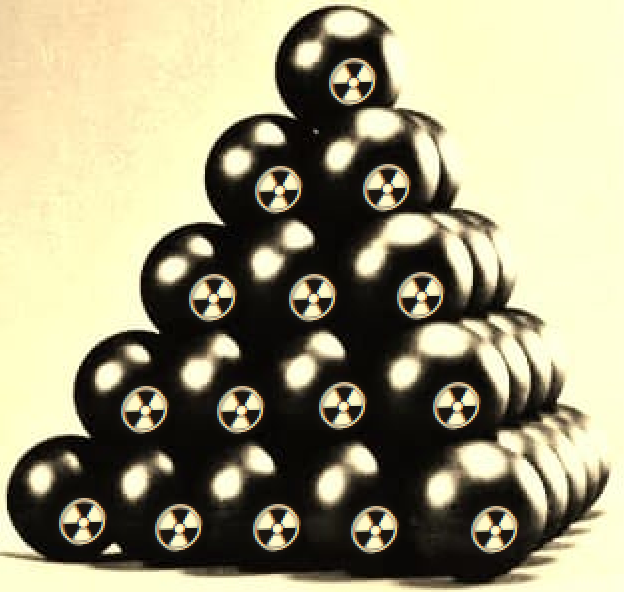
Putin’s invasion of Ukraine brings all things nuclear into sharp focus. The tactical and strategic humiliation on the battlefield has him cornered. Deployment of tactical nuclear weapons to regain momentum is a possible response. His grandstanding with a long range missile reminds us of the threat of mutually assured destruction. More prosaically, his actions have enlivened discussion about nuclear power generation. Particularly in European countries attempting to wean themselves off their Russian fossil fuel addiction.
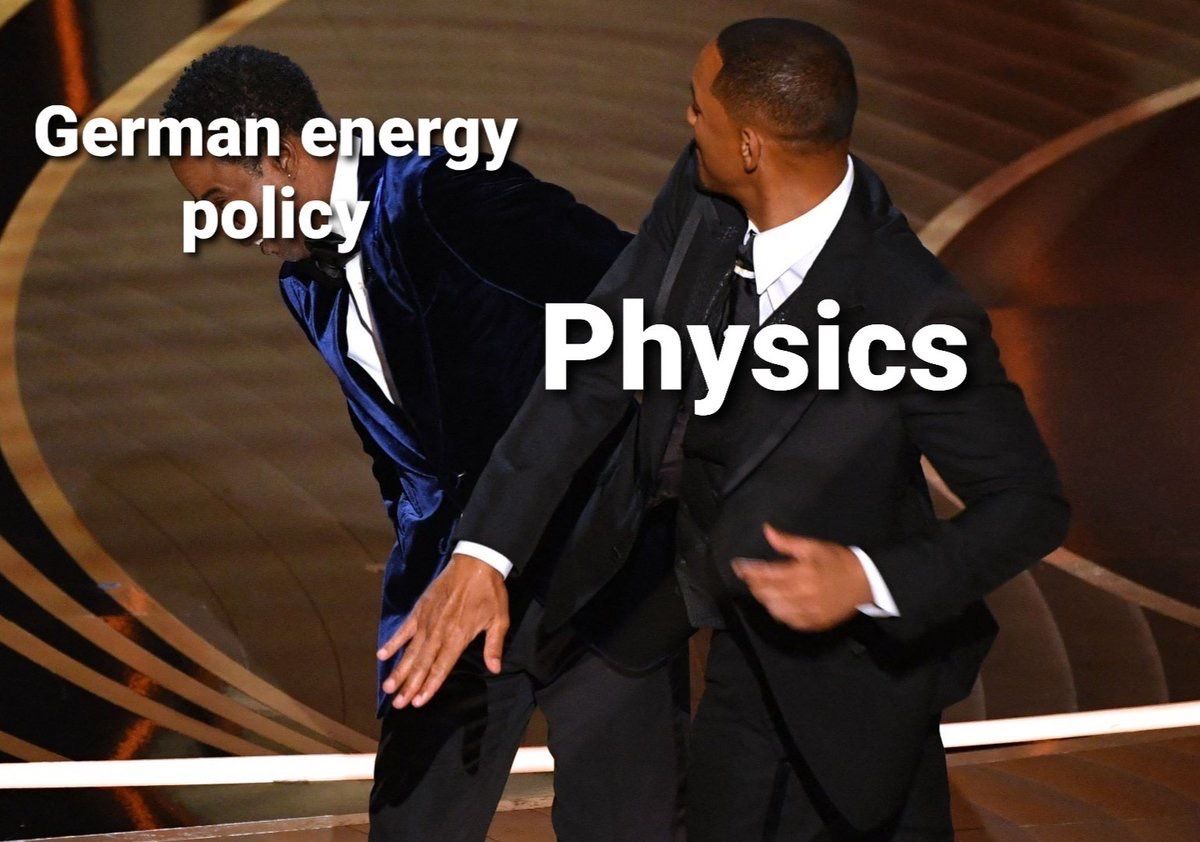
Many members of the European green movement, as in Australia, have rejected nuclear power as a low carbon base-load power option. Similarly, our left-leaning state government in WA has just rejected renewal of a world class uranium deposit development licence. Yet our power grid still relies on Old King Coal overnight. In the face of a climate catastrophe, why is it that, across the globe, the green movement isn’t all in on nuclear power generation?
By nuclear power, I am referring to fission-based power generation using heavy radioactive elements (most commonly uranium). The case for nuclear power is well known: zero carbon emissions during the power generation phase, base-load capability and a satisfactory energy return on energy invested.
One concern is proliferation of nuclear weapons. However this argument is weakened by proliferation itself. Pretty much any country that has seriously tried acquiring nuclear weapons capability over the last 50 years has succeeded. Then there is the waste to consider. Nuclear waste disposal generates strong emotions. NIMBYism aside, waste disposal is technically soluble but expensive and offers no 10 thousand year guarantee.
Operational safety is probably highest on most lists of concerns. The reputation of the industry hasn’t been helped by high profile disasters. The names Fukushima, Chernobyl and Three Mile Island are familiar to many. The industry asks for a more rational analysis of its track record. It points to a safety record that can be interpreted as orders of magnitude better than base-load coal power, no matter how broadly we define the human impacts of nuclear power. But there is a fundamental safety problem that the industry is yet to address.
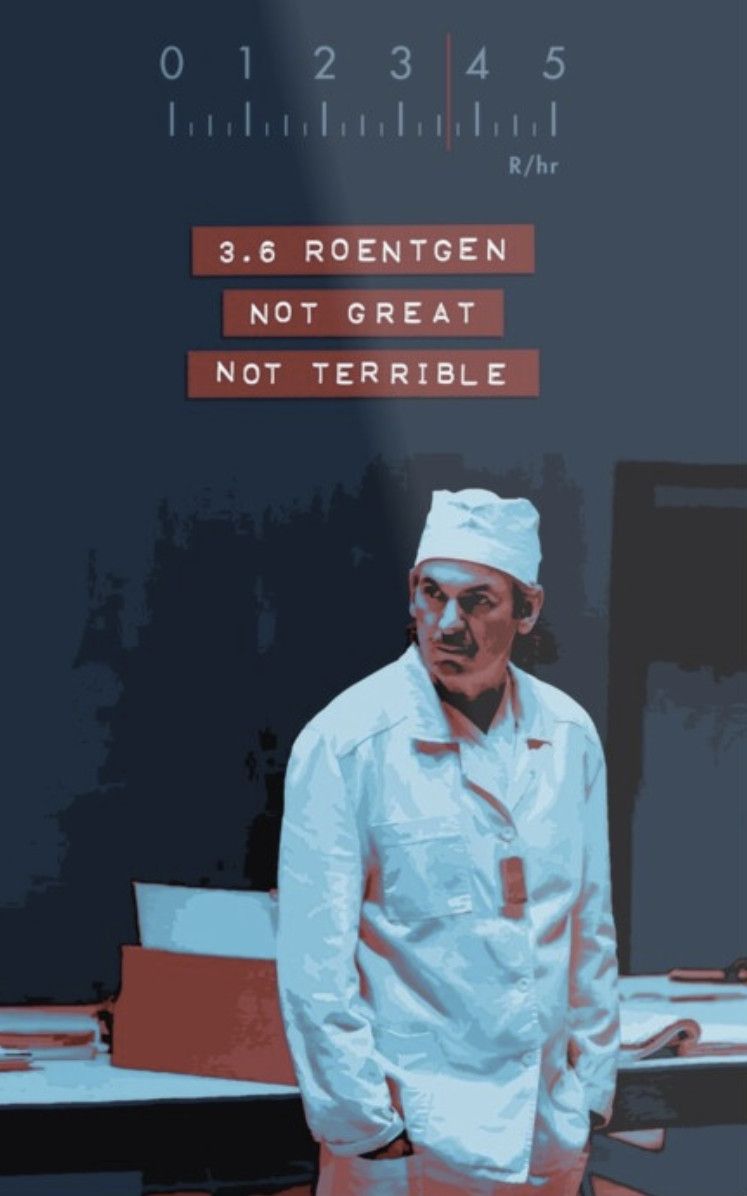
A tiger by the tail
A test of whether a technology is mature, stable and well understood is its level of standardisation. The petrol internal combustion engine is an illustration. Look under the bonnet of any petrol powered car and there is an engine block, pistons, spark plugs, a radiator. Yes there are differences in the engines made by different manufacturers but all petrol engines do exactly the same thing. Fuel is sprayed into a chamber. An electric spark ignites a fuel explosion in air, the explosion pushes a piston and that thrust is converted into wheels turning on the road. Manufacturers are so confident of the reliability of their petrol engines that they offer 10 year guarantees. The engines are so standardised that they all run on exactly the same fuel formula, made available at pumps everywhere. Electric engines are even simpler and the basic elements: rotating copper coils placed between a couple of magnets were defined over 150 years ago.
The contrast with nuclear power is informative. Despite 66 years of commercial nuclear power generation, the industry has yet to standardise the most basic design elements. Should the focus be uranium or thorium as the fuel? If uranium, are fuel rod or pebble bed designs preferred? Should the nuclear reactions be moderated with heavy water or graphite? Is pressurised water or molten salt the preferred coolant?
Uncertainty about these basic design decisions cuts across any discussion about nuclear power safety and reliability. If there was a safe, reliable, standard for ‘any of the above’ the industry should have identified it by now.

Intrinsic safety: an airborne allegory
Boeing’s 737 has been a reliable workhorse for decades. Incremental changes extended the length of the aircraft, its payload, range and fuel economy. But Boeing never tampered with its intrinsically stable flight characteristics. That is, until Boeing decided to attach a way-too-big-engine to the aircraft rather than design a new aircraft to fit the engine.
The big new engine doesn’t fit under the 737 wing in the usual, stable-flight position of older, smaller engines. Instead, the big engine is suspended further forward. This creates a new and constant risk of the plane lifting its nose up in the air and stalling. The designed-in flight stability of older 737s has been lost. Citing the safety record of older design 737s means nothing now.
Boeing changed the flight software to control the risk of stalling. Unfortunately, poor testing, training and regulation means the software change causes planes to nosedive. The resultant tragic crashes have severely damaged confidence in Boeing.
The lessons? 1. Tamper with an intrinsically safe design at your peril. 2. Workarounds are never as safe as an intrinsically safe design.
Returning to nuclear power generation: the failure to standardise any of the major design features of reactors tells us there is no such thing as an intrinsically safe nuclear reactor. Every design trades off one or more elements of efficiency or safety for another set of efficiency or safety issues. Each trade-off requires its own specific design, build & operate characteristics, that is, some form of workaround, to ensure safe operation. This includes much-touted pebble bed reactors.
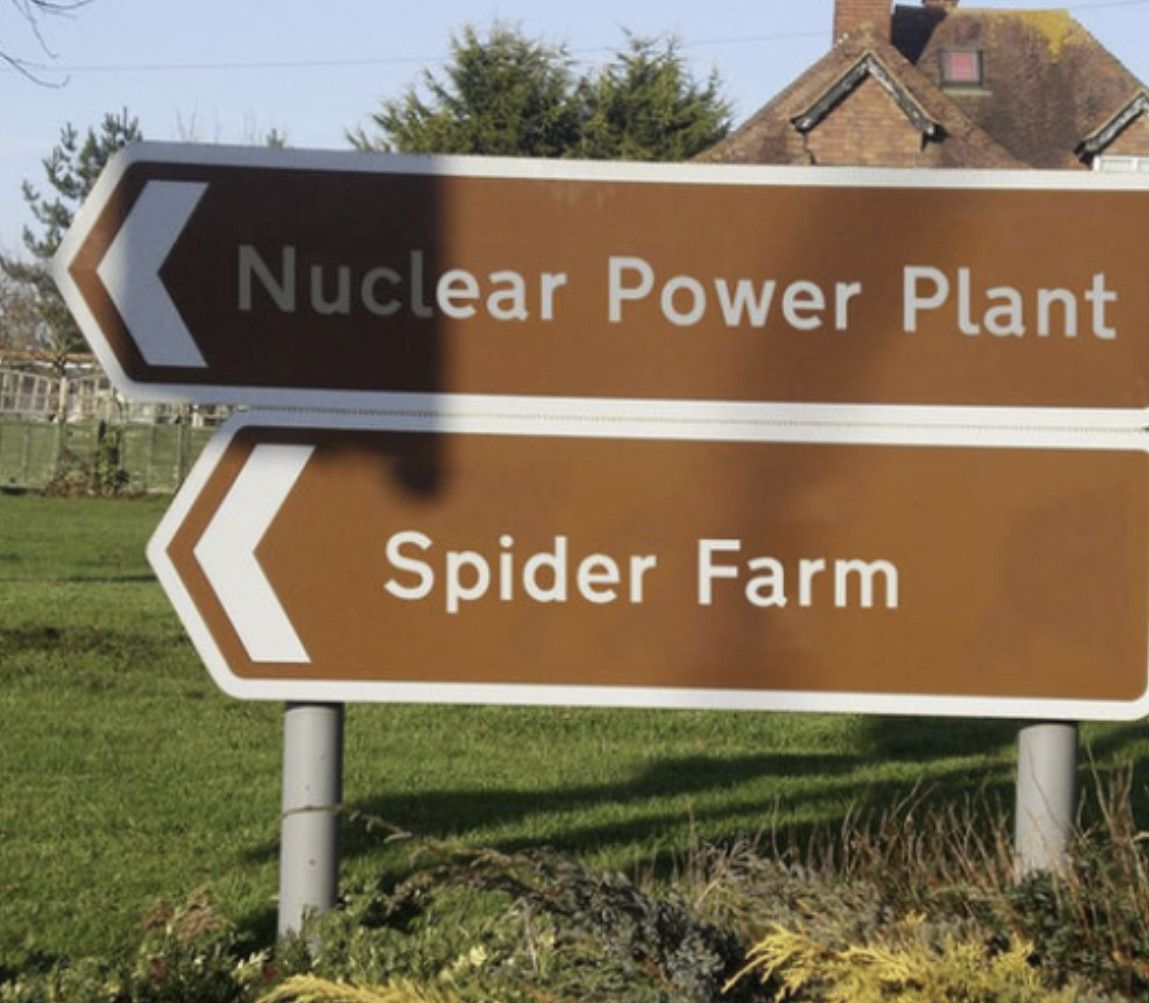
Not great, not terrible (no...really)
‘None of the above’ precludes the continued use of existing reactors to provide low greenhouse gas emitting base-load power. Experience, particularly past mistakes and ‘near misses’, inform and assist safe management of the nuclear power tigers currently kept fed and watered in our power generation zoo. Evolutionary improvement based on experience, rather than Boeing-style leaps into the untried and untested, is safety engineering 101.
Decisions to continue operation of existing reactors require risk assessments informed by safety analysis and analysis of the economics of ongoing operation. France announced plans to extend the life of most of their 56 reactors before Putin invaded Ukraine. This appears both rational and reasonable given Frances's safety record and the fact that nuclear power supplies over 70% of France’s electricity.
The multi-billion dollar question other countries must grapple with is: how does the economics of new nuclear power generation stack up against alternatives?
Given the most basic design assumptions are not settled, the answer is ‘its complicated’. The analysis would be easier if we had a standardised, simple, intrinsically safe, economically efficient, reactor design. Further complicating analysis is that the competition isn’t standing still. Designing, building and commissioning a nuclear reactor from scratch can take a decade. A lot can change in 10 years. Most alternative power sources can be commissioned more rapidly and are far easier to number-crunch. These issues won’t stop France using its long experience and technical capability to build several new reactors over the next decade or so.
In contrast, Germany is retiring the last of their reactors, consistent with their strategic energy policy. Germany’s policies have encouraged massive investment in wind and solar generating capacity over the last decade. The invasion of Ukraine has highlighted Germany’s lack of base-load carbon-free power generation and inadequate renewable energy storage capacity. Energy commentators are questioning Germany's decision to retire these reactors.
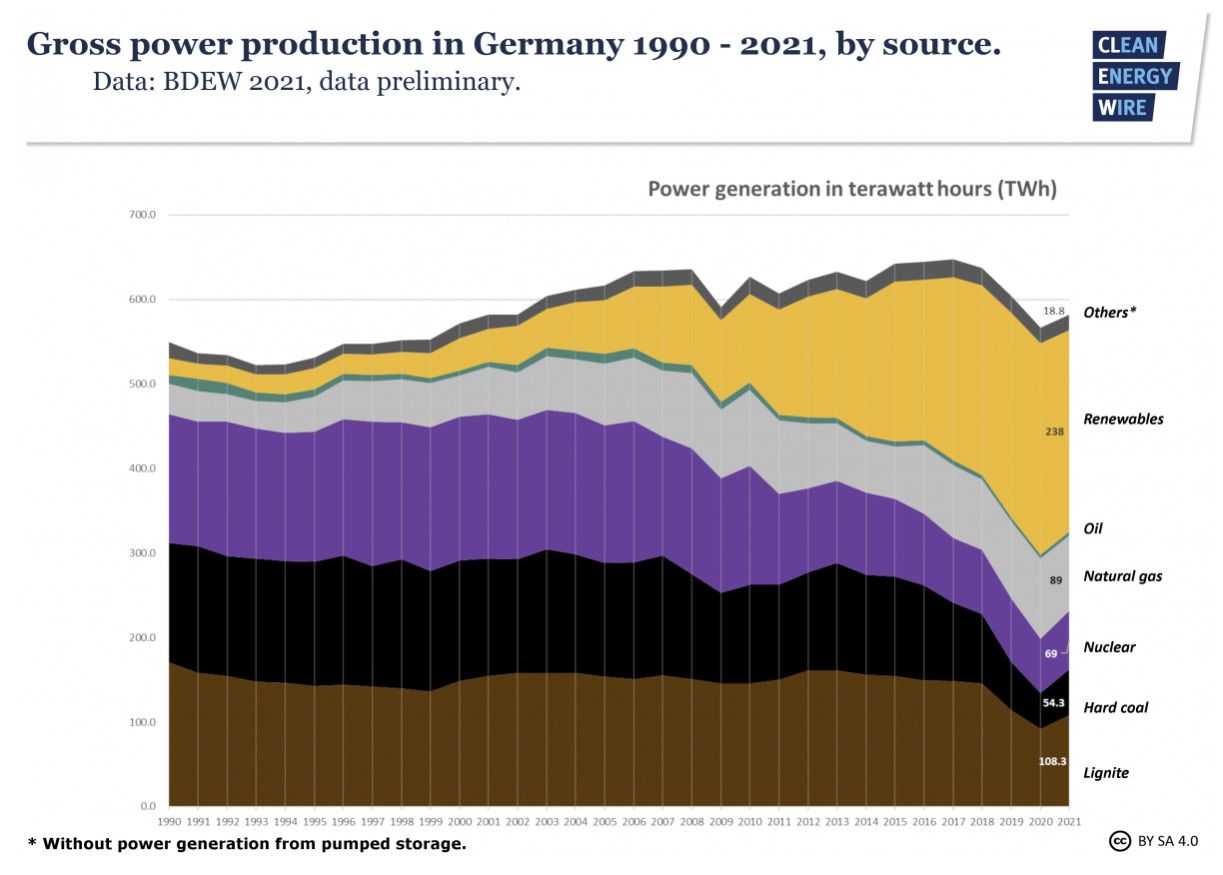
It may be the case however that to extending the life of these reactors is not as simple as a change in policy. Old reactors, slated for decommissioning, would likely need upgrades, maintenance and refuelling for their lives to be extended. New uranium fuel supply contracts would need to be negotiated. Perhaps prolonged shutdowns would be needed to undertake such life-extending works and refuelling. Prolonged shutdowns for such work is a known criticism of relying on old reactors in France. Germany is facing an energy shortage this winter. Such shutdowns would negate the benefits of the decision to keep the reactors.
Expect the German government to look to curtail energy demand as much as they look to shoring up their short term energy supplies than reversing their long term shift away from the complexities of nuclear power. And tipping the balance, Germany has an abundant alternative baseload, 'nuclear' option - not fusion - it can ramp up as an alternative (discussed further below).
Fusion?
Any discussion about nuclear power can't ignore nuclear fusion - but this will be quick. It is a corny but accurate refrain: Ever since the 1950s, fusion power has been 20 years in the future.
Yes, researchers are close to the ‘more-energy-out-than-in’ threshold. Yes, there is renewed interest in previously discarded approaches offering promise. One, in rough terms, can be likened to detonating and containing a tiny H-bomb. This is a refreshing change to the traditional approach: trying to magnetically constrain and harness the energy of a small sun.
Unfortunately, even when more-energy-out-than-in is consistently achieved, the technology will still be decades away from commercialisation. Think scalability, reliability, safety and economic analysis versus competing technologies to name but a few of the hurdles.
Another nuclear option?
Fortunately there is another nuclear option. This option relies on tried and tested technology. It doesn’t require large scale mining or fuel enrichment processes. It is intrinsically safe, carrying zero risk of accidental human radiation exposure. It is proven to be a cheap and reliable source of base-load power. It’s only waste, if any, is hot water. We use it here in WA to heat public swimming pools. It’s nuclear fuel source? The natural process known as nuclear decay. Radioactive elements like radon, thorium and uranium randomly and occasionally lose a part of their nucleus, emitting high-energy nuclear radiation in the process.
Residents of Perth’s eastern hills are exposed to over twice as much nuclear radiation compared to those of the sandy central and western coastal plain each year (4.6 vs 1.9 mSv - about the same as a head CT scan every year). This high-energy gamma radiation arises from local soil thorium and uranium nuclear decay. The same decay processes occur in rocks deep underground. Unlike on the surface, the gamma rays emitted underground have nowhere to go. Instead the radiation is absorbed by and heats the rock. This creates a self-renewing ‘hot rock’ source of geothermal energy.

Heat is extracted from hot rock by accessing aquifers heated by the hot rock and returning hot water or steam. The hot water can be used directly to supply heating (eg Perth’s swimming pools). Steam is required to drive turbines to generate base-load electricity.
Australia has outstanding hot rock resources suitable for commercial power generation. Exploiting only one percent of the continent’s best hot rock sources (150+°C & < 5 km deep) could supply our national energy requirements for many millennia.
Other nations are well ahead of Australia in exploiting geothermal energy for power generation. Iceland currently generates over a quarter of its base-load electricity and New Zealand just under 20% from geothermal sources. The primary geothermal sources in both Iceland and New Zealand are associated with volcanism rather than nuclear decay.
Germany's decision to turn away from conventional nuclear energy may in part be driven by its abundant geothermal resources. Geothermal energy is widely used across the country for direct domestic heating. Geothermal electricity generation has similar returns on investment and baseload characteristics to nuclear power. The technology is proven, may face somewhat fewer political headwinds than nuclear and can likely be implemented much more rapidly than new conventional nuclear power plants.
Shafted - again!
With the Australian federal election only a month away, our government has made another election promise to accelerate Climate Armageddon. Over 800 million dollars in incentives to drill and frack the Northern Territory for fossil fuels. This gift to fossil fuel interests ignores the Northern Territory's exceptional hot rock energy resources. The hottest rocks are located close to the Territory's largest population centre and energy export port (Darwin). Perhaps we can elect an alternative government. One that might incentivise the Territory's drilling rigs to drill for hot rock energy instead?
Whatever the election outcome, here in Australia and elsewhere, nuclear policy and safety will always be constrained by human frailty. Who better to illustrate our complex and very human relationship with nuclear power than The Simpsons? Below is a link to one of many Simpsons nuclear vignettes...

Subscribe to thisnannuplife.net FOR FREE to join the conversation.
Already a member? Just enter your email below to get your log in link.